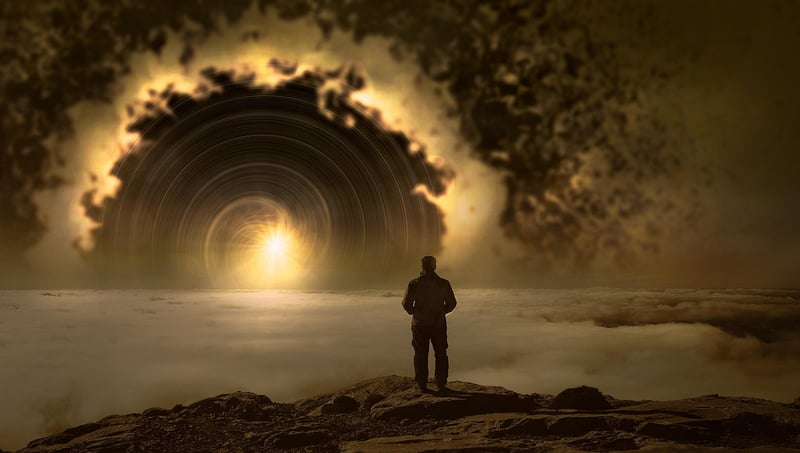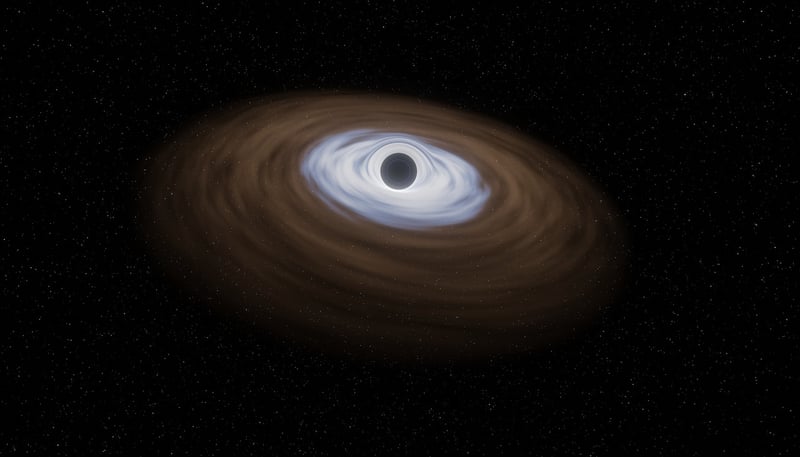Black Holes
Venture into Outer Space: Exploring Black Holes
Outer space has always been a source of fascination for humanity, with its vastness and mysteries captivating our imaginations. One of the most enigmatic phenomena in space is the black hole, a region of spacetime where gravity is so strong that nothing, not even light, can escape from it. Let's delve into the mesmerizing world of black holes and unravel some of their mysteries.
What are Black Holes?
Black holes are formed when a massive star runs out of fuel and collapses under its gravity, leading to an incredibly dense object with a gravitational pull so strong that it traps everything within its event horizon, the point of no return. This makes black holes invisible to the naked eye, as not even light can escape their grasp.
Types of Black Holes
There are primarily three types of black holes:
- Stellar Black Holes: Formed from the remnants of massive stars.
- Supermassive Black Holes: Found at the centers of galaxies and can be millions to billions of times the mass of our Sun.
- Intermediate Black Holes: With masses between stellar and supermassive black holes.
Exploring the Unknown
Scientists and researchers use various tools like telescopes and space observatories to study black holes indirectly by observing their effects on surrounding matter. The study of black holes has led to groundbreaking discoveries in astrophysics and our understanding of the universe.
Black Holes and Time Travel
Black holes also have a fascinating connection to the concept of time travel. According to Einstein's theory of relativity, time near a black hole would move slower than outside its gravitational pull. This raises intriguing possibilities for exploring the realms of time and space.
Conclusion
Black holes continue to be one of the most intriguing and mysterious entities in the universe. As we venture further into outer space and push the boundaries of our knowledge, unraveling the secrets of black holes remains a top priority for astronomers and physicists worldwide.

Let's keep looking up at the stars, as there is still so much left to discover in the vast expanse of outer space!
